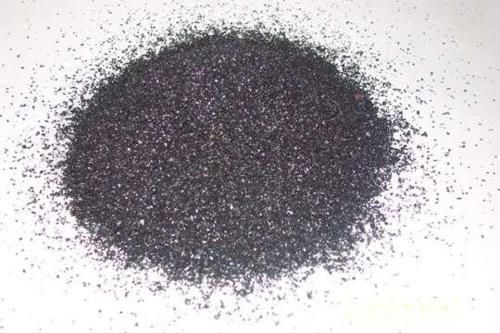
In early 1995, workers at Indian Point Unit 2 in New York sandblasted the high pressure turbine blades during a refueling outage. Their equipment propelled sand at very high speed against the metal blades. The buffing action improved the performance and extended the life of the turbine.
In June 1995 after the reactor restarted from the refueling outage, a heater drain tank pump failed. Workers determined that grit from the sandblasting operations got inside the pump causing it to fail. They repaired the pump.
The reactor experienced a sudden, unplanned power reduction on January 27, 1997. The sharp drop in the reactor’s power level meant that less feedwater flow was needed to go to the steam generators. The control system sensed the reduced demand for feedwater flow and automatically sent signals to close the regulating valves.
Three of the four valves did not respond. Grit, again from the 1995 turbine work, physically bound the valves and prevented them from moving.
The valve failures complicated, but did not seriously impair, the recovery to this event. For other postulated events, the broken valve could have resulted in more severe consequences.
On May 27, 1997, the NRC announced a fine of $205,000 for the reactor’s owners. Only $50,000 of that fine was for true grit. The remainder of the penalty was for a number of equally serious violations.
Our Takeaway
While sandblasting is not a common activity for fixing—and failing—nuclear plant components, painting is. Homeowners may have experienced the joy of repainting a window frame followed by the pain of finding it hard to open the window. It is surprising how often nuclear plant owners experience the pain of finding components not working after having been repainted. The NRC compiled a partial list of events.
If a rule in medicine is “first, do no harm,” a corollary rule in nuclear plant maintenance is “if it ain’t broke, don’t break it.” Here, preventative maintenance on x caused failures of y and z.
“Fission Stories” is a weekly feature by Dave Lochbaum. For more information on nuclear power safety, see the nuclear safety section of UCS’s website and our interactive map, the Nuclear Power Information Tracker.
